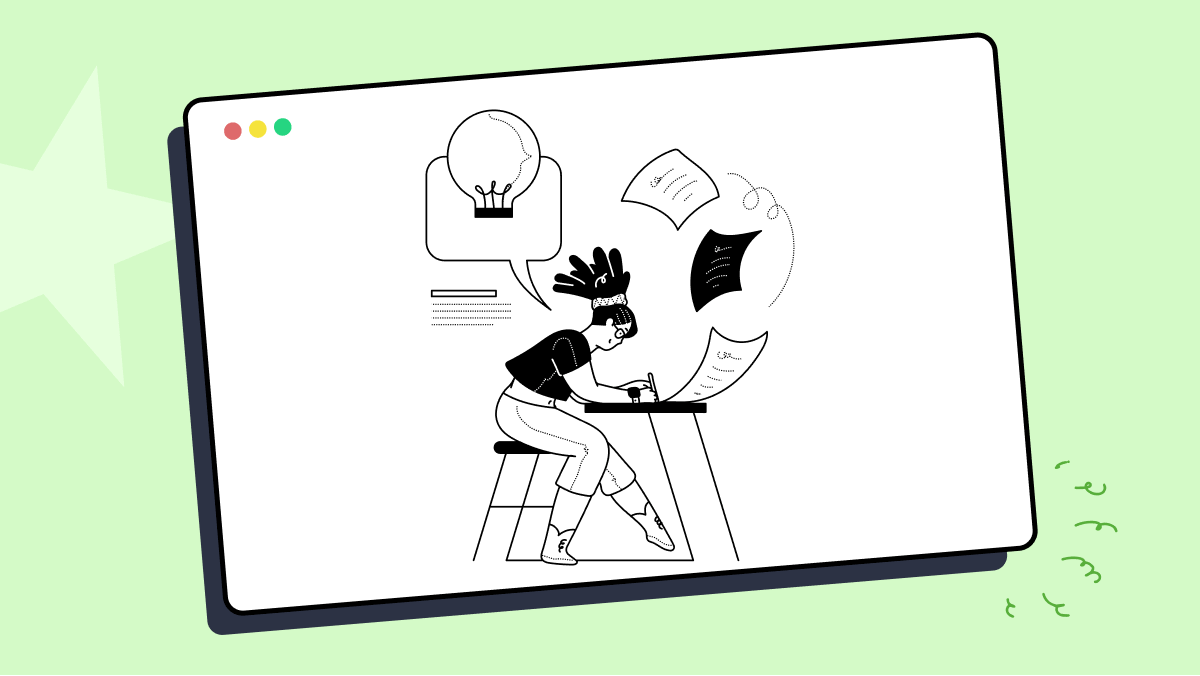How to use draft_project_structure_update_plan method in dbt-osmosis
Best Python code snippet using dbt-osmosis_python
osmosis.py
Source: osmosis.py
...818 schema_map[unique_id] = SchemaFileLocation(819 target=osmosis_schema_path, current=schema_path820 )821 return schema_map822 def draft_project_structure_update_plan(self) -> Dict[Path, SchemaFileMigration]:823 """Build project structure update plan based on `dbt-osmosis:` configs set across dbt_project.yml and model files.824 The update plan includes injection of undocumented models. Unless this plan is constructed and executed by the `commit_project_restructure` function,825 dbt-osmosis will only operate on models it is aware of through the existing documentation.826 Returns:827 MutableMapping: Update plan where dict keys consist of targets and contents consist of outputs which match the contents of the `models` to be output in the828 target file and supersede lists of what files are superseded by a migration829 """830 # Container for output831 blueprint: Dict[Path, SchemaFileMigration] = {}832 logger().info(833 ":chart_increasing: Searching project stucture for required updates and building action plan"834 )835 with self.adapter.connection_named("dbt-osmosis"):836 for unique_id, schema_file in self.build_schema_folder_mapping(837 target_node_type=NodeType.Model838 ).items():839 if not schema_file.is_valid:840 blueprint.setdefault(841 schema_file.target,842 SchemaFileMigration(output={"version": 2, "models": []}, supersede={}),843 )844 node = self.dbt.nodes[unique_id]845 if schema_file.current is None:846 # Bootstrapping Undocumented Model847 blueprint[schema_file.target].output["models"].append(848 self.get_base_model(node)849 )850 else:851 # Model Is Documented but Must be Migrated852 if not schema_file.current.exists():853 continue854 # TODO: We avoid sources for complexity reasons but if we are opinionated, we don't have to855 schema = self.assert_schema_has_no_sources(856 self.yaml_handler.load(schema_file.current)857 )858 models_in_file: Iterable[Dict[str, Any]] = schema.get("models", [])859 for documented_model in models_in_file:860 if documented_model["name"] == node.name:861 # Bootstrapping Documented Model862 blueprint[schema_file.target].output["models"].append(863 self.bootstrap_existing_model(documented_model, node)864 )865 # Target to supersede current866 blueprint[schema_file.target].supersede.setdefault(867 schema_file.current, []868 ).append(documented_model["name"])869 break870 else:871 ... # Model not found at patch path -- We should pass on this for now872 else:873 ... # Valid schema file found for model -- We will update the columns in the `Document` task874 return blueprint875 def commit_project_restructure_to_disk(876 self, blueprint: Optional[Dict[Path, SchemaFileMigration]] = None877 ) -> bool:878 """Given a project restrucure plan of pathlib Paths to a mapping of output and supersedes which is in itself a mapping of Paths to model names,879 commit changes to filesystem to conform project to defined structure as code fully or partially superseding existing models as needed.880 Args:881 blueprint (Dict[Path, SchemaFileMigration]): Project restructure plan as typically created by `build_project_structure_update_plan`882 Returns:883 bool: True if the project was restructured, False if no action was required884 """885 # Build blueprint if not user supplied886 if not blueprint:887 blueprint = self.draft_project_structure_update_plan()888 # Verify we have actions in the plan889 if not blueprint:890 logger().info(":1st_place_medal: Project structure approved")891 return False892 # Print plan for user auditability893 self.pretty_print_restructure_plan(blueprint)894 logger().info(895 ":construction_worker: Executing action plan and conforming projecting schemas to defined structure"896 )897 for target, structure in blueprint.items():898 if not target.exists():899 # Build File900 logger().info(":construction: Building schema file %s", target.name)901 if not self.dry_run:...Blogs
Check out the latest blogs from LambdaTest on this topic:
Building a website is all about keeping the user experience in mind. Ultimately, it’s about providing visitors with a mind-blowing experience so they’ll keep coming back. One way to ensure visitors have a great time on your site is to add some eye-catching text or image animations.
When most firms employed a waterfall development model, it was widely joked about in the industry that Google kept its products in beta forever. Google has been a pioneer in making the case for in-production testing. Traditionally, before a build could go live, a tester was responsible for testing all scenarios, both defined and extempore, in a testing environment. However, this concept is evolving on multiple fronts today. For example, the tester is no longer testing alone. Developers, designers, build engineers, other stakeholders, and end users, both inside and outside the product team, are testing the product and providing feedback.
Entering the world of testers, one question started to formulate in my mind: “what is the reason that bugs happen?”.
In 2007, Steve Jobs launched the first iPhone, which revolutionized the world. But because of that, many businesses dealt with the problem of changing the layout of websites from desktop to mobile by delivering completely different mobile-compatible websites under the subdomain of ‘m’ (e.g., https://m.facebook.com). And we were all trying to figure out how to work in this new world of contending with mobile and desktop screen sizes.
Automation Testing Tutorials
Learn to execute automation testing from scratch with LambdaTest Learning Hub. Right from setting up the prerequisites to run your first automation test, to following best practices and diving deeper into advanced test scenarios. LambdaTest Learning Hubs compile a list of step-by-step guides to help you be proficient with different test automation frameworks i.e. Selenium, Cypress, TestNG etc.
LambdaTest Learning Hubs:
- JUnit Tutorial
- TestNG Tutorial
- Webdriver Tutorial
- WebDriverIO Tutorial
- Protractor Tutorial
- Selenium 4 Tutorial
- Jenkins Tutorial
- NUnit Tutorial
- Jest Tutorial
- Playwright Tutorial
- Cypress Tutorial
- PyTest Tutorial
YouTube
You could also refer to video tutorials over LambdaTest YouTube channel to get step by step demonstration from industry experts.
Try LambdaTest Now !!
Get 100 minutes of automation test minutes FREE!!



